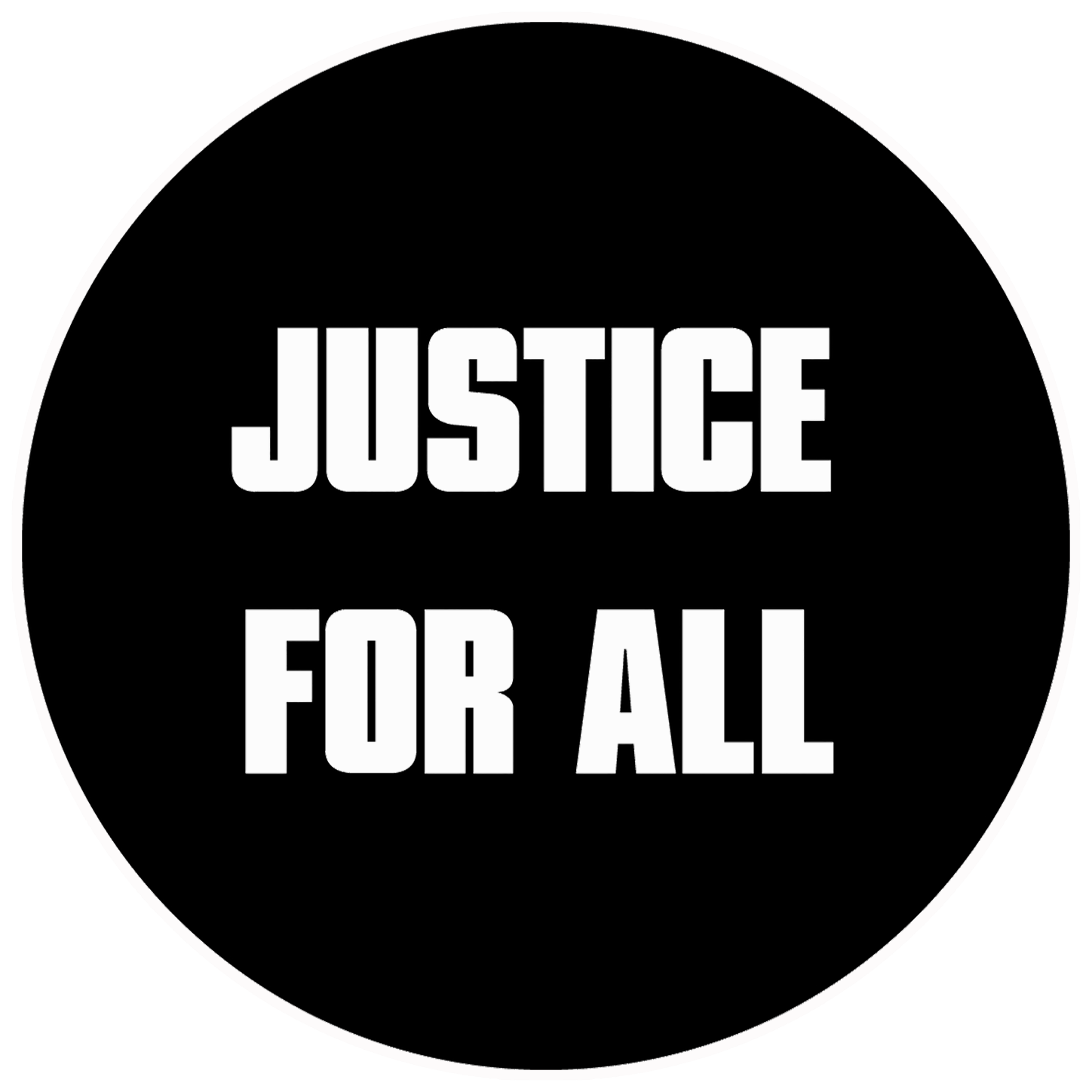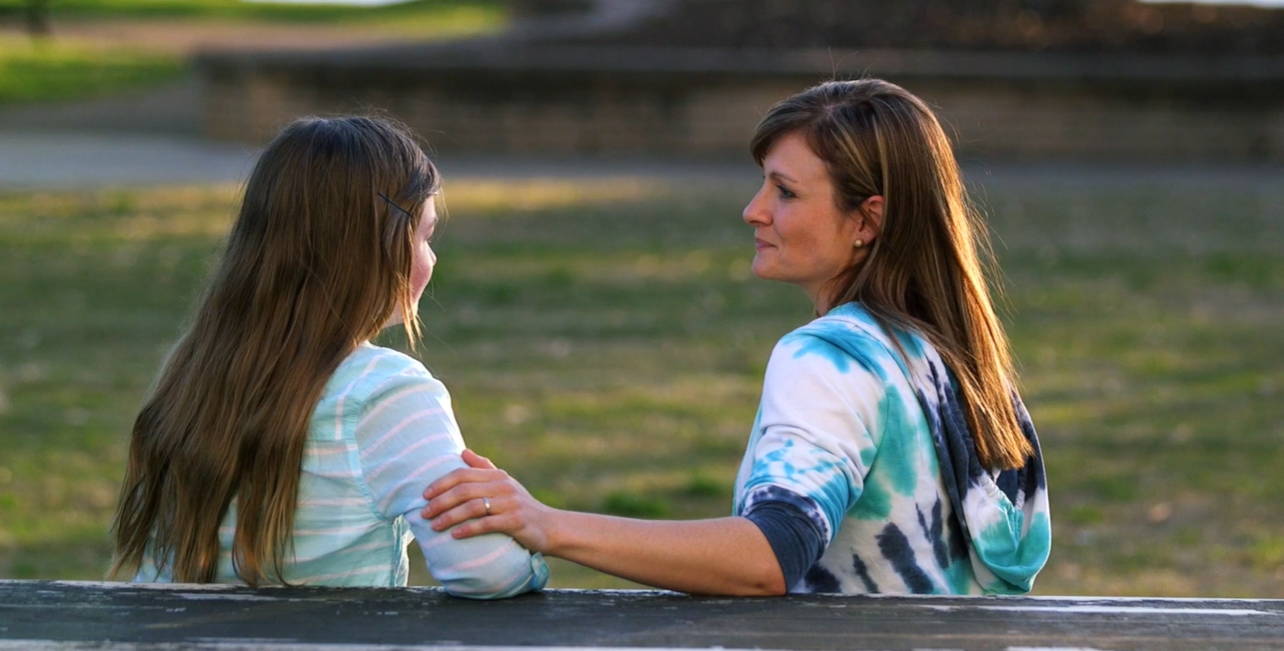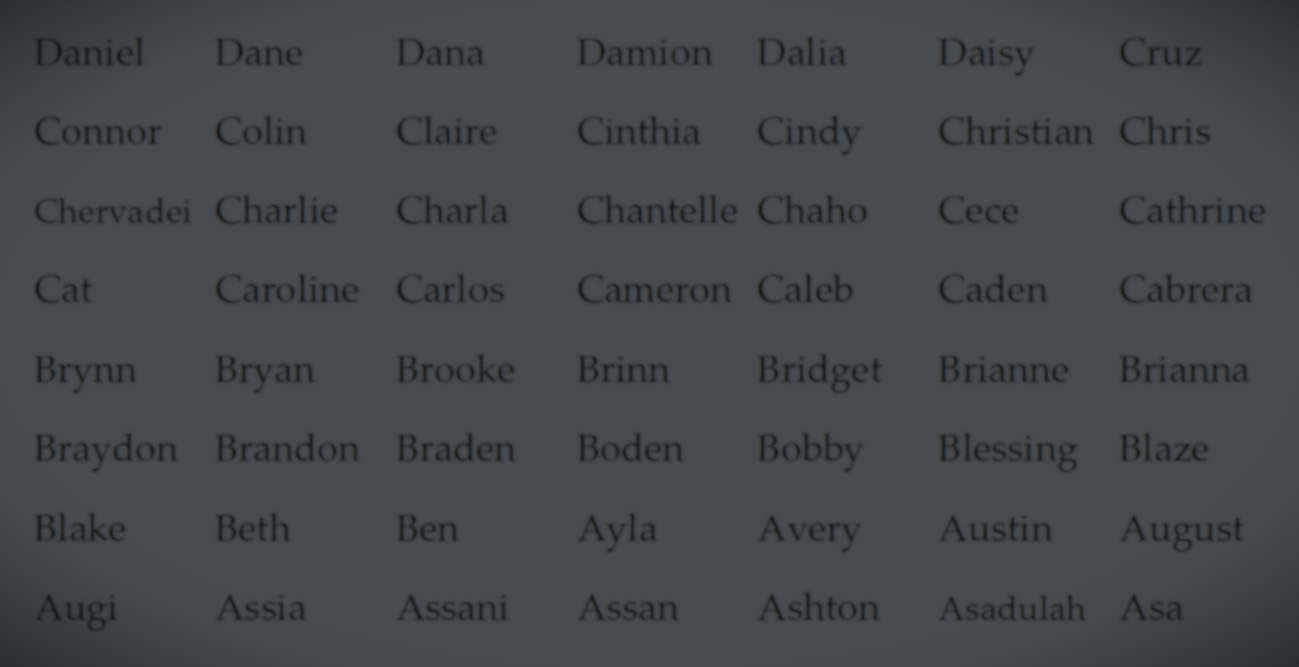In our team debriefs recently, a number of our younger staff members have been remarking about a tool they picked up from Tammy Cook, who has been working at JFA since 1996. Tammy originally described her “Two Buckets” analogy in our September 2017 Impact Report (I encourage you to go back and read that story above). This Impact Report features a second “Two Buckets” installment from Tammy. She details a conversation that happened at Wichita State University in August, along with a summary of the impact of all of her conversations at that outreach event. - Steve Wagner, Executive Director
Impact Report, April 2022
By Tammy Cook, JFA Training Specialist
Tammy interacts with a student at Wichita State University in August 2021.
What a privilege it was to be back on the Wichita State University (WSU) campus on August 30 and 31 with the JFA team! I was excited to once again dialogue with college students face to face after a 17-month wait. I was ready to meet the challenge of helping them think through their views on abortion, and I prayed to see hearts and minds changed.
I introduced my Two Buckets analogy in 2017. It continues to be a very useful approach with pro-choice students that say, “I’m personally opposed to abortion, but I can’t tell others what to do.” I’m thrilled to share the impact that this analogy had on a WSU student named James.
James didn’t identify as pro-life or pro-choice. He said, “I’m in the middle.” I asked several questions to help him think through his views. I discovered that he believed that we become human at fertilization and that the unborn are human like us. He also agreed that the unborn deserved to be treated equally to born people and should be protected.
I then asked, “If you were to vote tomorrow on whether or not to keep abortion legal, how would you vote?” He thought long and hard and said, “I can still see both sides of the issue. I believe strongly in freedom of choice. I just don’t think I can take someone else’s rights away.” I shared my Two Buckets story to help him dig deeper into his thinking.
Tammy: Imagine that I have two buckets. The first bucket contains choices like murder, rape, stealing, and molestation. Do you agree that these choices are wrong and should not be legal?
James: Yes.
Tammy: The second bucket contains personal choices—for example, a favorite food like strawberries, choosing to go to college or not, dying your hair blue, etc. Do you agree that everyone should have the freedom to make these personal choices that do not harm others?
James: Yes.
Tammy: The significant difference between each of the two buckets is that one contains choices that harm people and the other bucket contains choices that do not harm people.
Two Buckets (Illustration by Joanna Bai)
James: That makes a lot of sense. Many people think pro-life people want to take rights away, but I can see now that you’re actually wanting to add rights to people— to let them have plenty of rights as long as it doesn’t harm another human being...
I smiled and nodded in agreement.
James: What about rape? That’s a really tough situation.
Tammy: I agree.
I spent some time empathizing with women who’ve been raped and stated that we should punish rapists more fully. He agreed, and I continued:
Tammy: There are most likely students walking on this campus that were conceived from rape. Do you think they are any less valuable than those students who were not conceived in rape?
James: No.
I could see that this was a lightbulb moment for him.
Tammy: So, in which bucket does abortion belong?
James: [after a short pause] Abortion belongs in the bucket with murder.
I again nodded in agreement. We smiled at each other. Then I returned to my earlier question:
Tammy: If you were to vote tomorrow on whether or not to keep abortion legal, how would you vote?
James: I’d definitely vote no!
This was such a great moment. I paused to thank God for using me as an instrument to help James have a change of heart so significant that he is now willing even to vote to protect the unborn.
Summary of My WSU Event Conversations
Tammy Cook
I saw God working in the hearts of many people. I had conversations with ten students over the course of two days at WSU (see one in the photo above). Here’s how I would categorize the students after asking a few questions to assess their views:
BEFORE: Undecided: 2 Pro-Choice: 5 Pro-Life: 3
I saw a complete shift in thinking by the end of the conversations with the two undecided students and two of the pro-choice students. All four said they would vote to make abortion illegal. I used the Two Buckets analogy in most of these conversations, and I believe it was integral in helping several of them, if not all, rethink their views.
AFTER: Undecided: 0 Pro-Choice: 3 Pro-Life: 7
Note: This story was originally published in Tammy Cook’s September 2021 newsletter. You can read and share both this and the first “Two Buckets” story using the following webpage: www.jfaweb.org/two-buckets.







